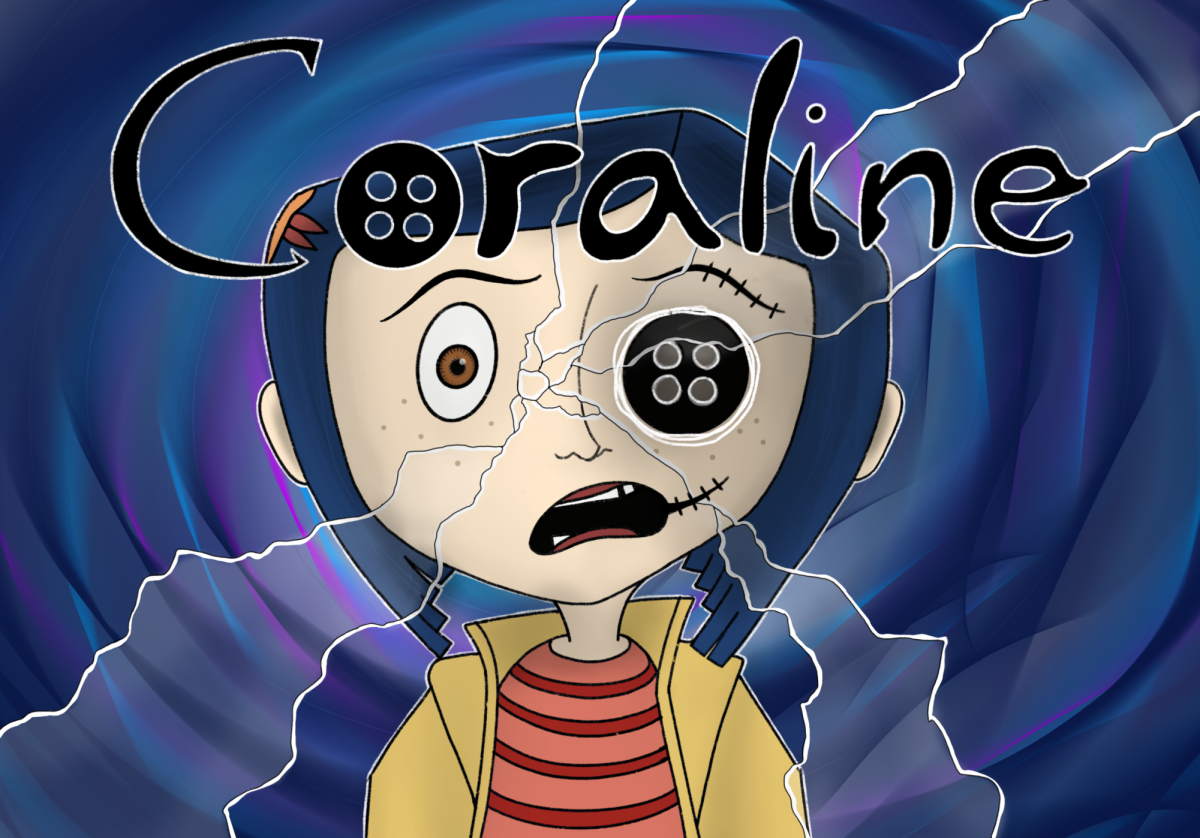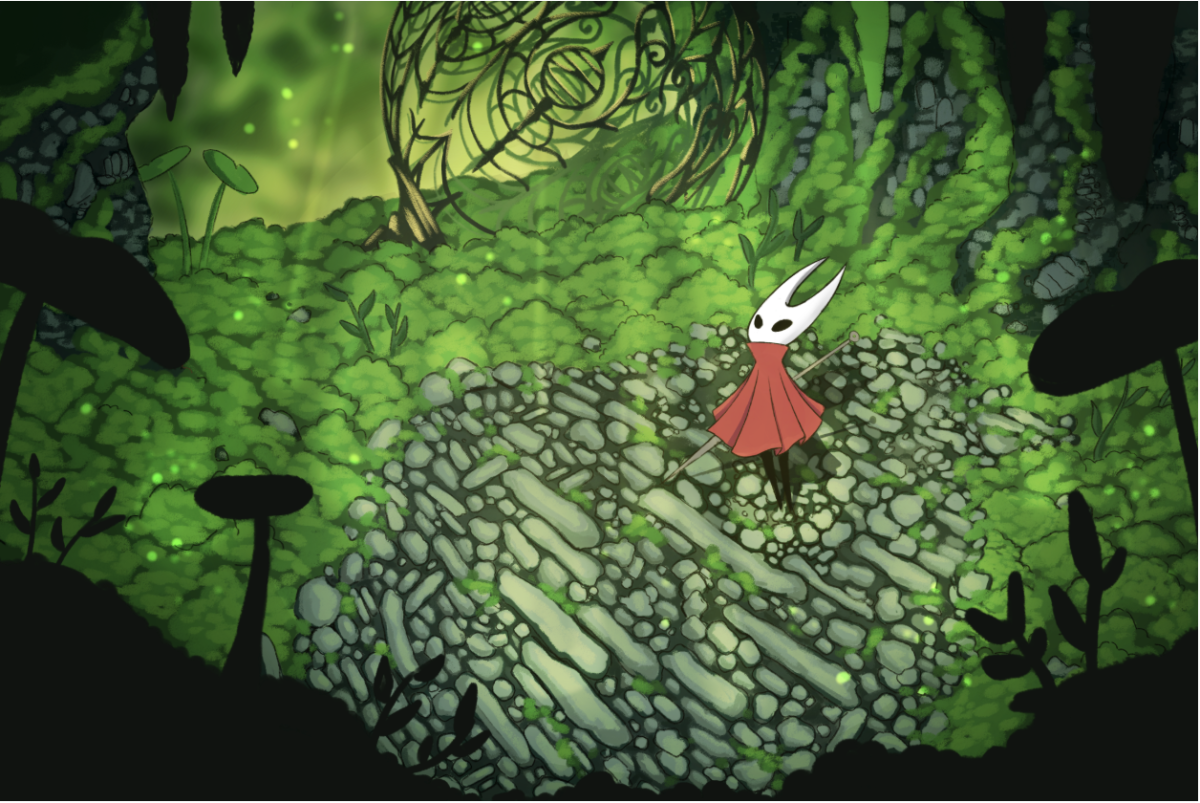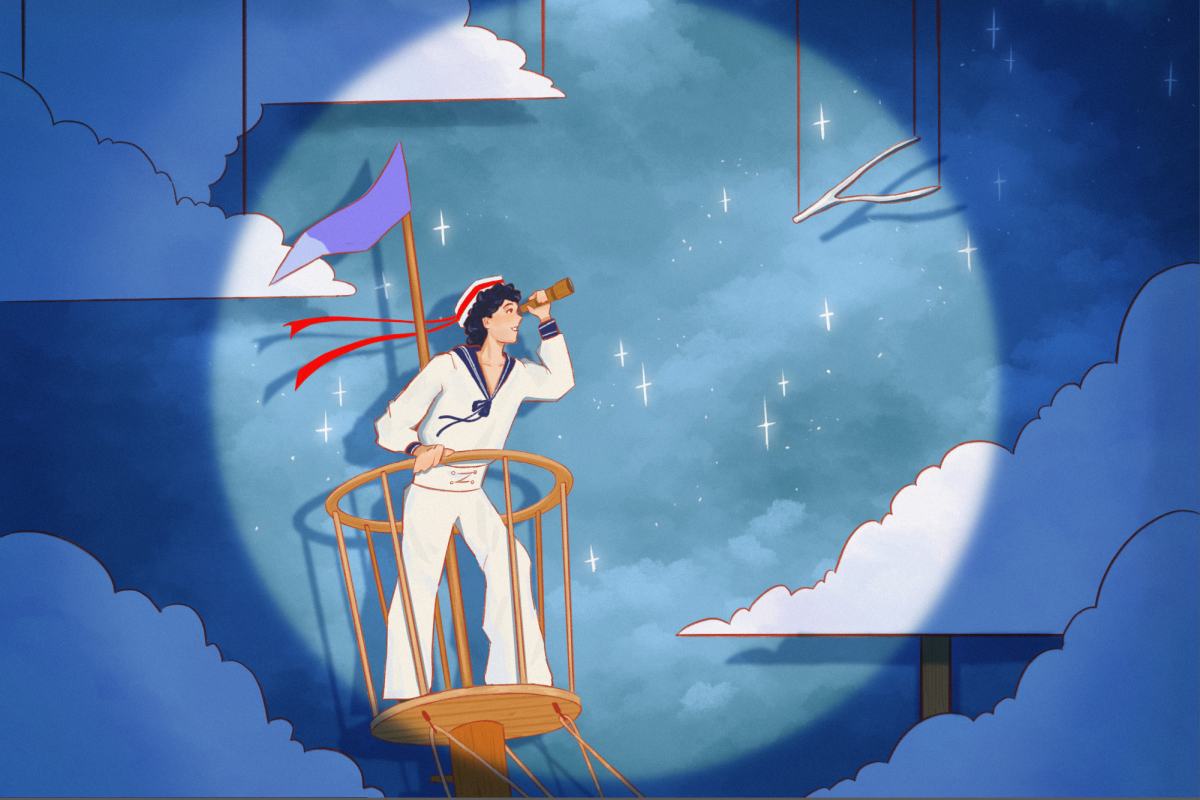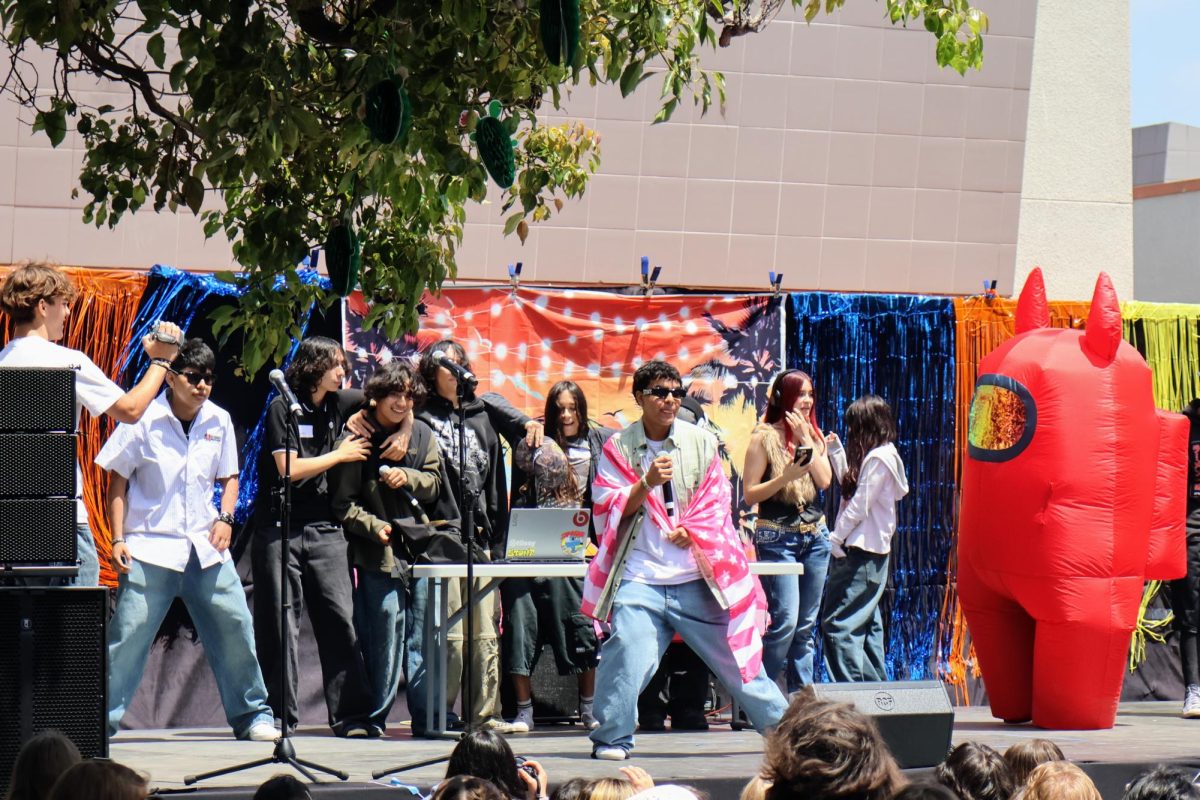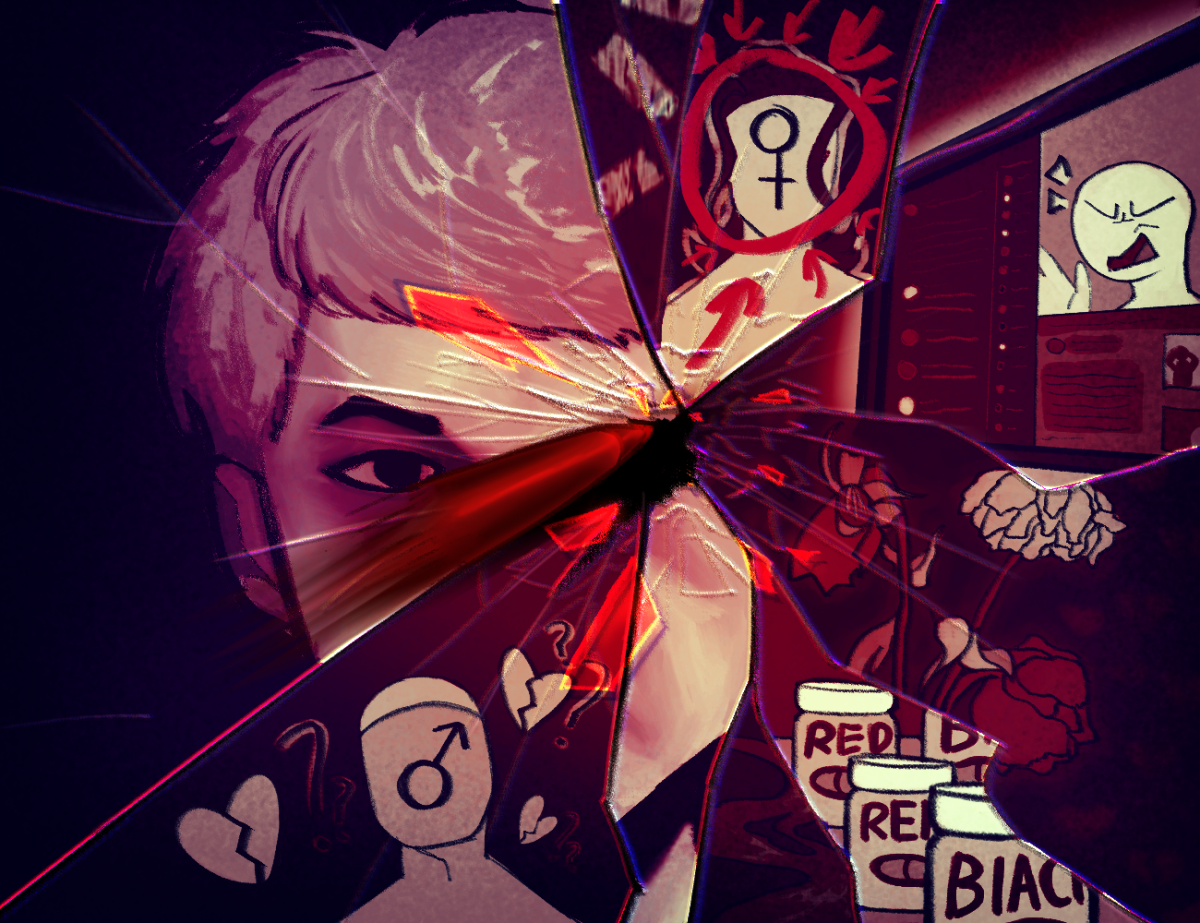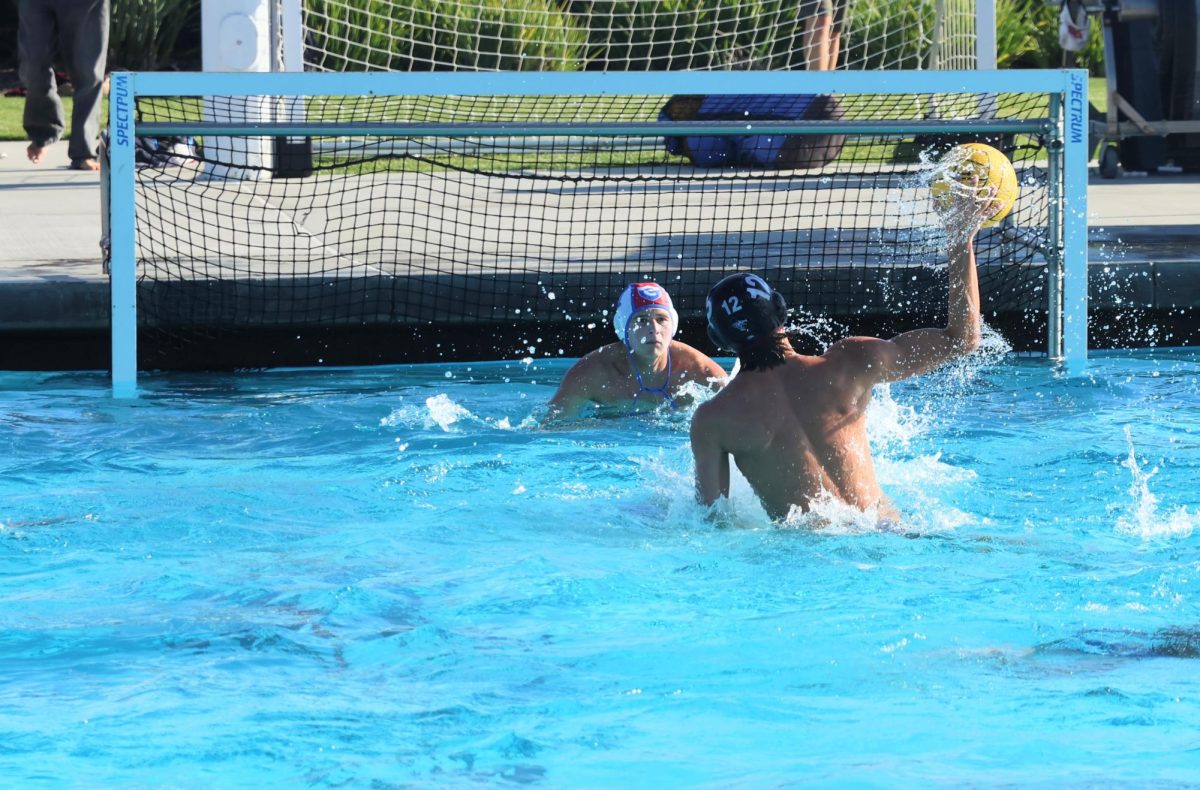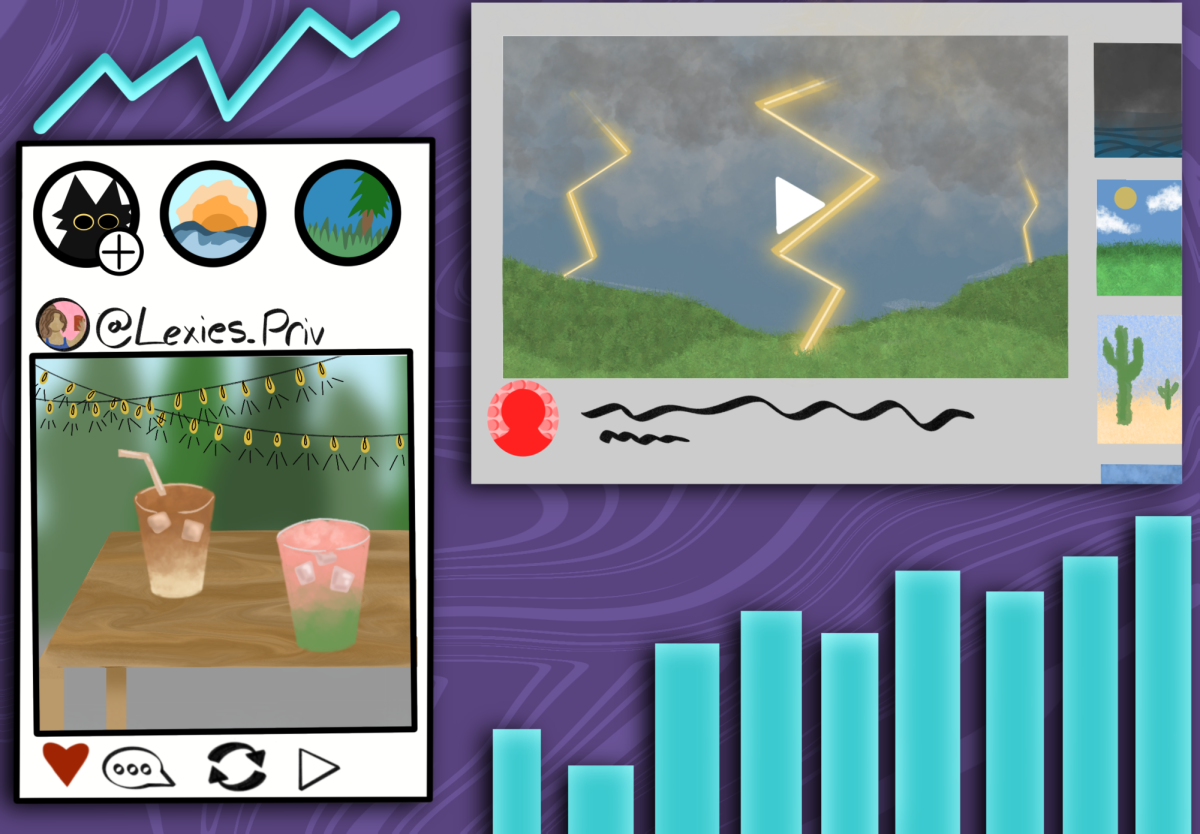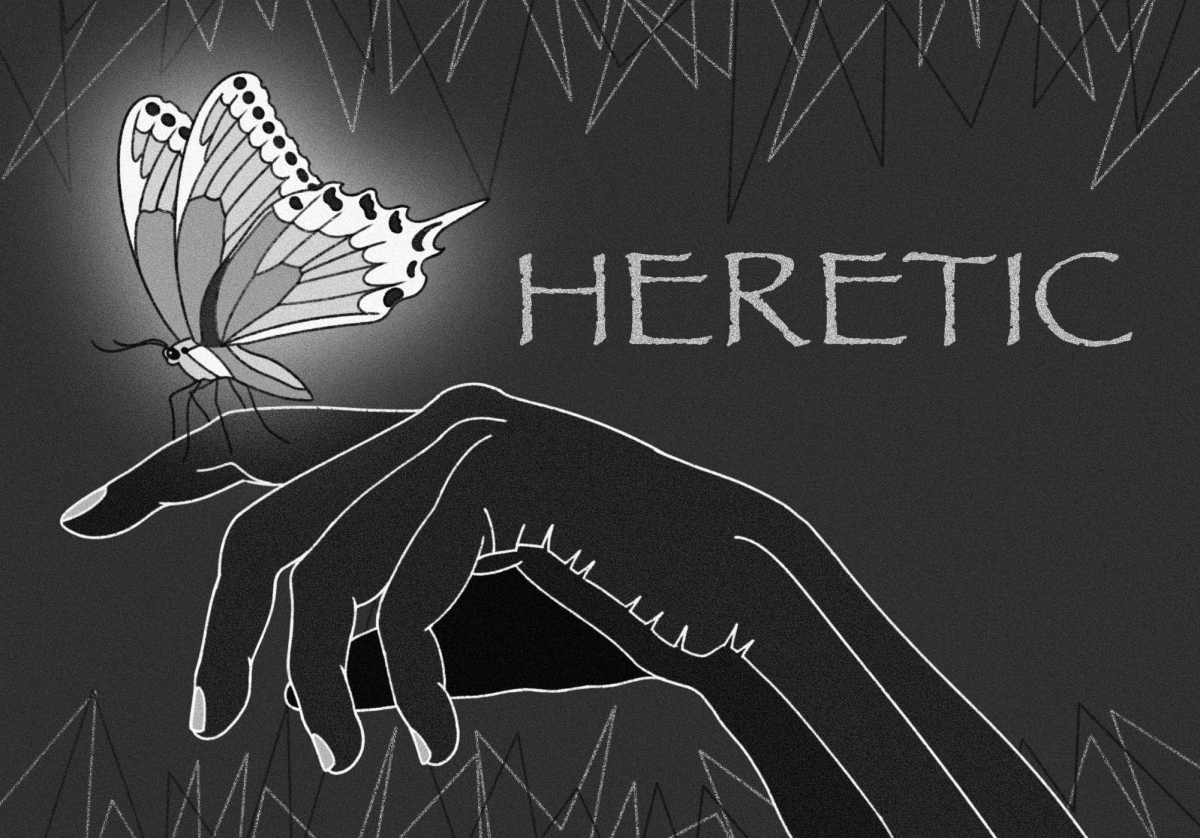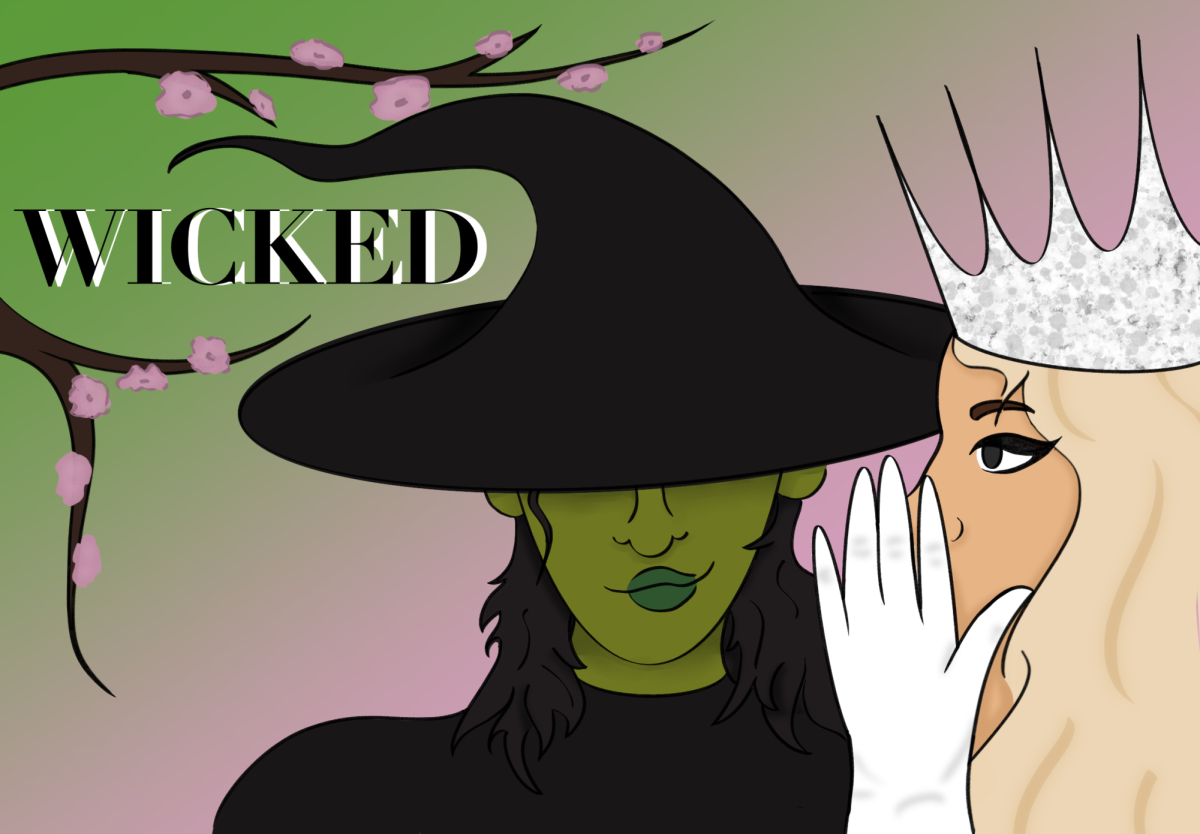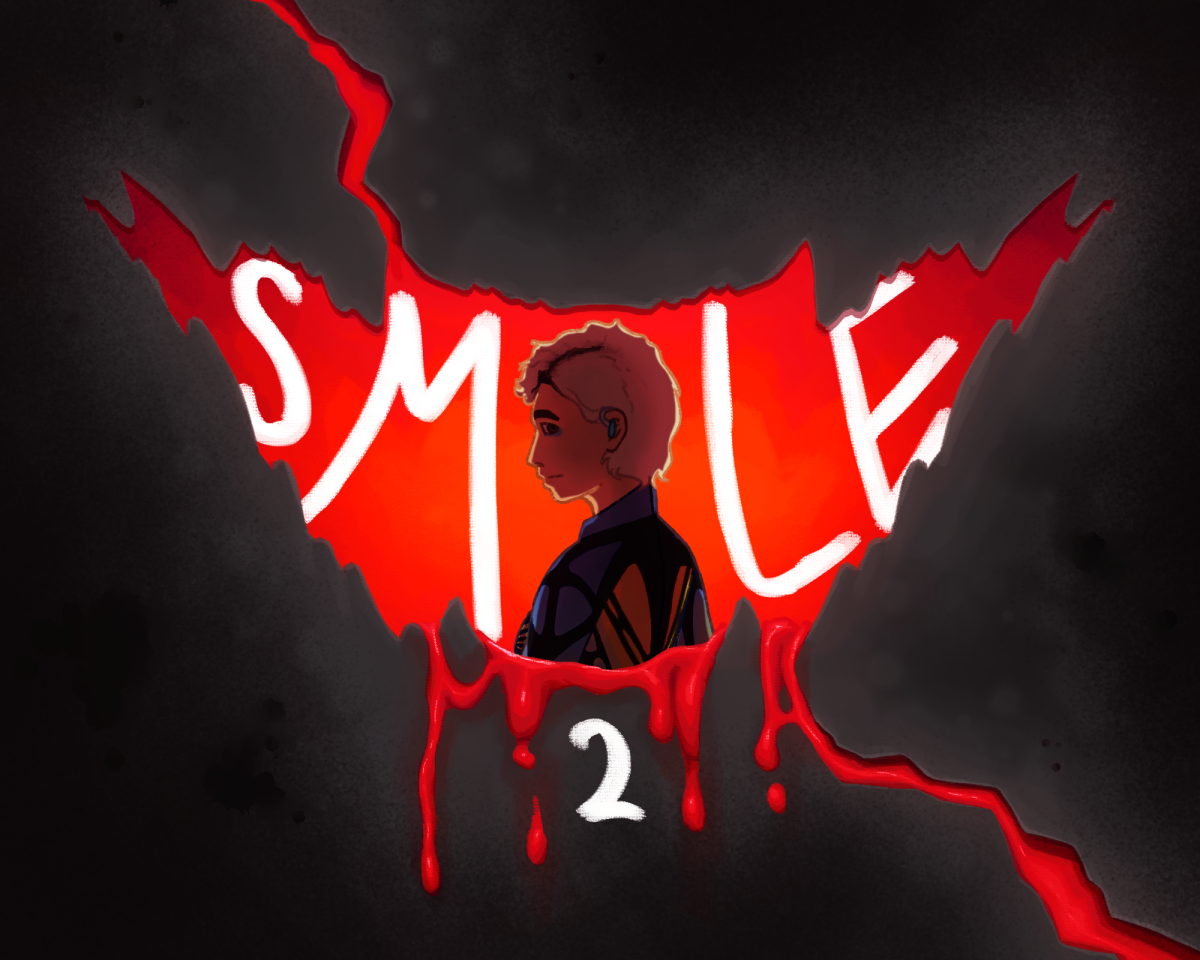On Aug. 15, 2024, the fantasy-horror stop-motion film “Coraline” was brought back to theaters to commemorate its 15th anniversary. Written and directed by Henry Selick, “Coraline” offers a sense of nostalgia for those who watched it upon its original release, and 15 years later, serving as a gateway to the horror genre for an entire new generation of kids.
Upon its original release in 2009, “Coraline” was the first stop motion film to integrate visual effects and 3D printing technology to create a traditional stop motion production, a process that took over 500 hours and four years to execute. A single Coraline puppet took 10 crew members three to four months to construct, this being only one of the 28 puppets used to animate her character throughout the film. The crew members exhibited great craftsmanship, working with incredibly small props that moved in minuscule increments each clip. Thousands of pieces of popcorn were transformed into cherry blossoms for the garden, superglue and baking soda were whipped up to form snow and black fishing line was used for hair, all to create the stop-motion film.
Coraline Jones, a lanky, asymmetrical girl with a blue bob, umber freckles and tawny eyes, is perceptive and stubborn; her family recently moved into a new house. This house is dilapidated, mundane and lacking the vibrance and complexities required to satisfy Coraline’s yearn for exploration and adventure.
Coraline’s parents, animated with a dull palette of monotonous grays and blatantly exaggerated dark circles, work from home and pay little attention to her. Her parents prepare unappetizing, questionably textured meals, evoking disgust from their daughter. Driven away from her home, clad with peeling wallpaper and lifeless decor, she explores her neighborhood. Besides the array of rotting vegetation and wilted tulips that line her yard, her neighbors consist of Miss Spink and Miss Forcible, two aging former actresses with an obsession with the mortality of their terriers, Mr. Bobinsky, an eccentric old man who trains circus mice and lastly, Wyborn “Wybie” Lovat, a talkative boy her age.
Deterred by a strange black cat, terriers with crocheted gold wings and the infuriating commentary of Wybie, she retreats to her house determined to explore. In the real, boring world, nothing is able to hold her attention, besides a little door in her house sealed behind her wallpaper.
She soon discovers the mystery of that little door, behind a magical tunnel into a world of wonder. The Other Mother, Other Father, Other Wybie and Other neighbors wait for her on the other side, smiley, vibrant and doting, eagerly ready to provide an answer to all of Coraline’s discontents. The Other Mother provides Coraline with beautiful new clothes and proceeds to cook a comforting array of breakfast foods such as waffles, bacon and eggs for dinner. Salivating at both the glistening meal and the amenities that this Other World has to offer, Coraline becomes obsessed. This world is entertaining and colorful, with gardens of personified, glowing flowers that tickle her, circus mice that shoot wands of cotton candy and gymnasts that magically disappear into barrels of water.
However, the seemingly perfect Other World is not as it seems. The Other Mother insists that Coraline sew black buttons into her eyes, as that is the sole requirement for spending eternity in the Other World, never to return to her dreary home. With this gruesome request, the false reality begins to crumble.
Coraline realizes that her time in the Other World is not spent by virtue of free will — she is trapped, encompassed by deceit and a carefully spun web of lies. If the Other Mother, now transformed into a cruel, skeletal figure with a sharp, metallic limbs, succeeds in sewing buttons into Coraline’s eyes, she will be trapped for perpetuity, her soul consumed by the Other World.
This film, directed at a young audience, is a surprising commentary on the dangers of succumbing to appearances. In “Coraline”, the real world is fundamentally mundane, benign and uncomfortably off-putting at the surface. Instead of being appreciative of her mother and father and taking time to get familiar with her new life, she childishly jumps at the opportunity of a new world with appetizing meals, talking cats and dancing flowers. She is easily deceived by the glittering facade of the Other World, reminding the audience that what is initially enchanting has the ability to corneal true danger, and it is vital to always question what lies beneath the surface
Even 15 years later, this film keeps the audience attentive, curled up, smothered by their blankets and clutching the closest person near. The asymmetrical, off-putting art style and stop-motion effects provide suspense as well as the constant awareness that something peculiar is peering just around the corner. It is the perfect film for young kids interested in horror, considering its brilliantly developed plot is frightening, particularly as a child who would have given in just as easily as Coraline to such a nicely packaged world. With such a nostalgic film in theaters this August, it feels as though the fall and spooky season has begun; pumpkin spice cream chais, fun size candies and halloween decor are heading our way.


